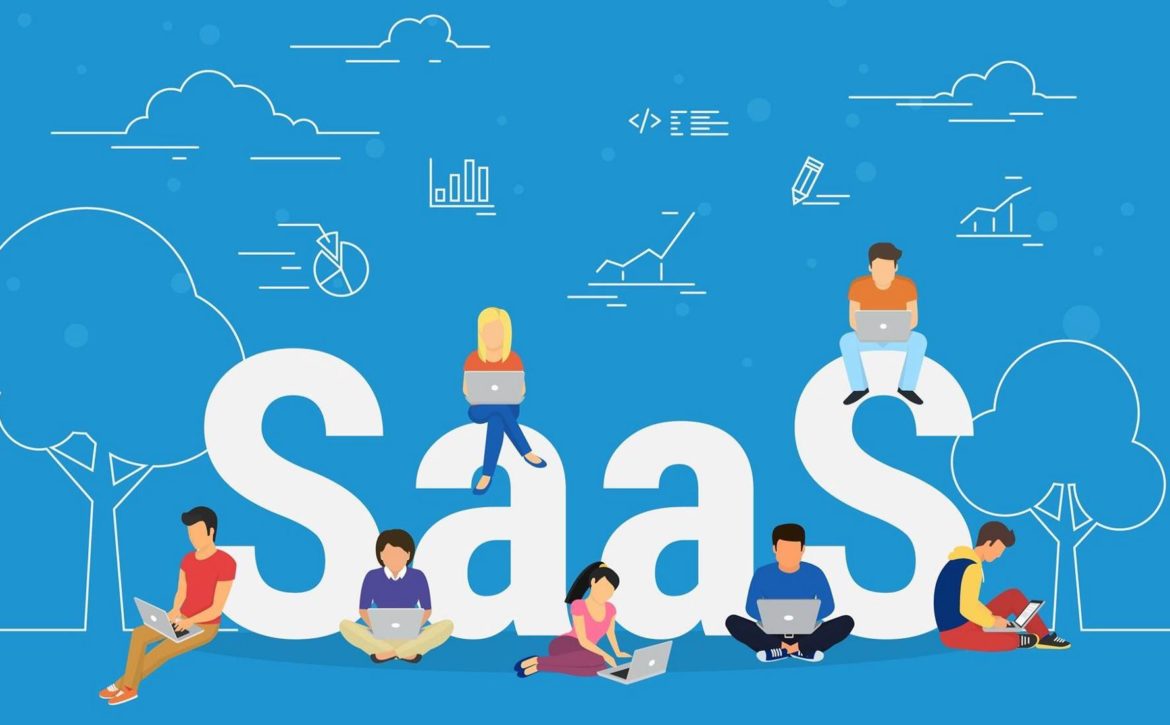Key Decisions and Features for Adding Ecommerce to Your SaaS System
As the demand for online services continues to grow, more SaaS companies are adding ecommerce functionality to their platforms. By allowing users to purchase and manage subscriptions online, SaaS companies can increase revenue, improve customer satisfaction, and streamline billing and payment processes. However, adding ecommerce to a SaaS system is not a simple task. In this article, we’ll go through some of the key decisions and features that SaaS companies should consider when adding ecommerce to their platforms.
Choosing a Payment Processor
One of the first decisions that SaaS companies need to make when adding ecommerce is which payment processor to use. There are several options available, but one of the most popular and reliable is Stripe. Stripe is a payment processor that is specifically designed for online businesses. It is easy to set up, has competitive rates, and offers a wide range of features and integrations.
Stripe’s features include support for multiple currencies, automated billing and invoicing, and fraud prevention. Stripe also offers a user-friendly dashboard that allows SaaS companies to manage subscriptions, view revenue, and monitor customer behavior.
Billing Modes and Dunning
Another important decision that SaaS companies need to make is which billing mode to use. There are several billing modes available, including usage-based, seat-based, and server-based. Each billing mode has its own pros and cons, and SaaS companies need to carefully consider which one is right for their platform.
Another important consideration is dunning, which is the process of recovering failed payments. When a customer’s credit card is declined, the dunning process kicks in to try and recover the payment. SaaS companies need to be careful with their dunning process to avoid annoying their customers or accidentally violating regulations.
Upgrading and Downgrading
SaaS companies also need to have a clear and easy-to-use upgrading and downgrading process. This is important because users may want to change their subscription plans at any time. SaaS companies need to make sure that the upgrading and downgrading process is clear, easy to understand, and automated as much as possible.
Invoicing and Billing Tiers
Another important decision is whether to provide users with invoices and whether to use Stripe’s invoicing system. Stripe’s invoicing system is user-friendly and has an API for easy integration. SaaS companies also need to consider whether different customers will have different billing tiers, depending on the features they need or the number of users they have.
Offline Payments and Proration
SaaS companies also need to decide whether to allow offline payments, such as payments via purchase order. They also need to consider how to handle upgrades and downgrades in terms of proration or other billing adjustments.
Taxes and Notifications
SaaS companies need to consider tax rules based on customer location when configuring Stripe. They also need to decide whether to email users when they are billed or before and after they are billed.
Conclusion
Adding ecommerce functionality to a SaaS system is a complex process that requires careful consideration of several key decisions and features. At CURTIS Digital, we have extensive experience in developing ecommerce solutions for SaaS companies. Our team of experts can help you navigate the complex decisions involved in adding ecommerce to your SaaS system, from choosing a payment processor to handling upgrades and downgrades.
With our help, you can ensure that your ecommerce functionality is integrated seamlessly into your SaaS platform, providing your customers with a convenient and user-friendly experience. Contact us today to learn more about how we can help you add ecommerce to your SaaS system and take your business to the next level.

